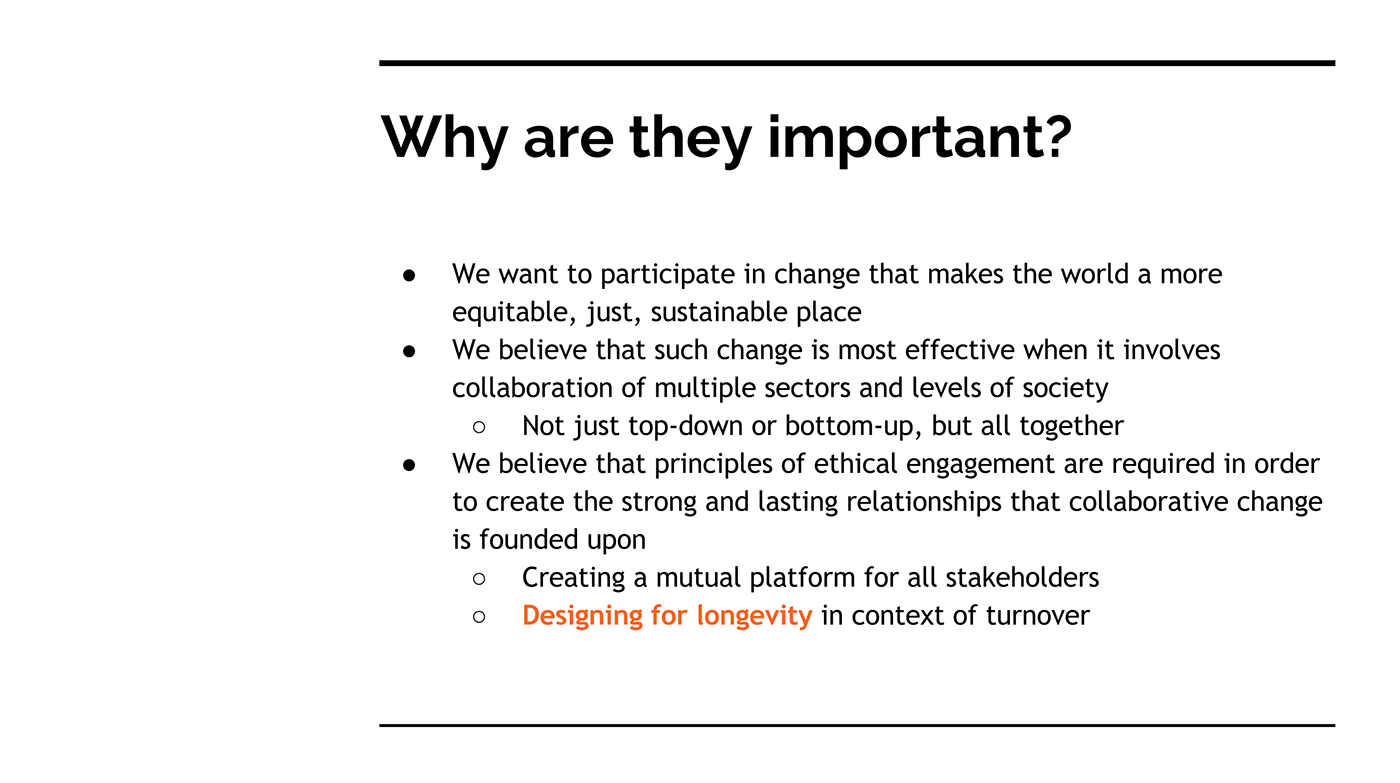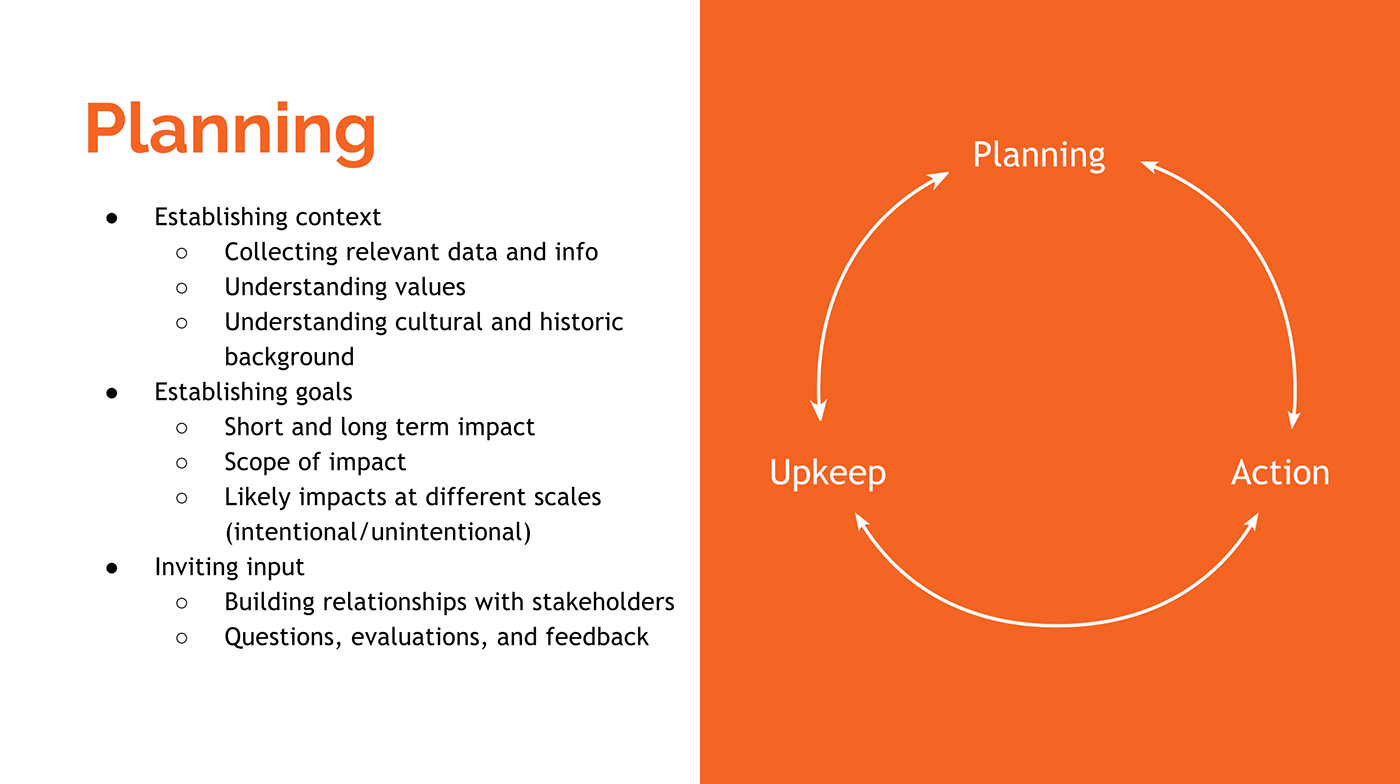Design for Innovation
10 Types of breakthroughs: The discipline of building breakthroughs
Looking at Doblin Group's model of 10 innovation platforms, my group and I researched the impacts and implementations of their suggestions. Using LEGO as a case study, we explored the decisions that the company made over the years and mapped the development cycle to the right. As it turned out, LEGO was exemplary when it came to brand identity (due to their parks reaching a broad audience), diversifying their products (by having a large selection of sets, movie tie-ins, and video games to satisfy a wide age demographic), and profit model (by using injection molding, the company could mass produce the units at an increased rate).

Arenas of Impact and the purpose of Change
In this segment, my group and I decided to look at current paradigm shifts and try to name the largest hurdles in the way if improving the topic. For example, one of the biggest issues we foresaw in improving the distribution systems in consumption was the problem with reliable data. The two driving factors in getting data, was to reevaluate the way we utilize resources, and the displacement of jobs in those systems (so on and so forth). In this process, we came to the conclusion that the purpose behind ethical design was to drive equality in all the involved parties of a product, system, or service.
However, when we concluded our research, we were struck with one problem:
In an international market ruled (predominantly) by capitalism, do we even want equality?
In this segment, my group and I decided to look at current paradigm shifts and try to name the largest hurdles in the way if improving the topic. For example, one of the biggest issues we foresaw in improving the distribution systems in consumption was the problem with reliable data. The two driving factors in getting data, was to reevaluate the way we utilize resources, and the displacement of jobs in those systems (so on and so forth). In this process, we came to the conclusion that the purpose behind ethical design was to drive equality in all the involved parties of a product, system, or service.
However, when we concluded our research, we were struck with one problem:
In an international market ruled (predominantly) by capitalism, do we even want equality?

Design's "Rules of engagement"
For this final section, my team and I decided to look into ways designers could approach their problems and shareholders in a respectful and genuine fashion: to this end, we had to create a "code of ethics" so to speak. First, we outlined the values in capacity building and some of the ways that designers may unintentionally distance themselves from the user or system in the hopes of better tackling the problem. To remedy this, we outlined a design cycle in the hopes of perpetuating capacity building and co-creation over a longer period of time. The final slide (timescales) recognizes that not all projects are developed in the same amount of time, and therefore, the designer must gauge how long each of the three phases should last; the designer should also be flexible, as over the course of these engagements, these phases may become longer or shorter in response to the progression of the collaborative effort.
For this final section, my team and I decided to look into ways designers could approach their problems and shareholders in a respectful and genuine fashion: to this end, we had to create a "code of ethics" so to speak. First, we outlined the values in capacity building and some of the ways that designers may unintentionally distance themselves from the user or system in the hopes of better tackling the problem. To remedy this, we outlined a design cycle in the hopes of perpetuating capacity building and co-creation over a longer period of time. The final slide (timescales) recognizes that not all projects are developed in the same amount of time, and therefore, the designer must gauge how long each of the three phases should last; the designer should also be flexible, as over the course of these engagements, these phases may become longer or shorter in response to the progression of the collaborative effort.












